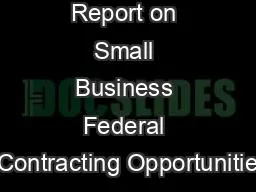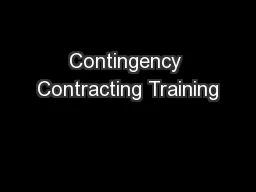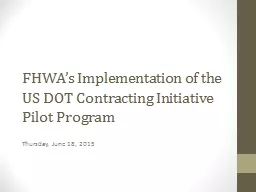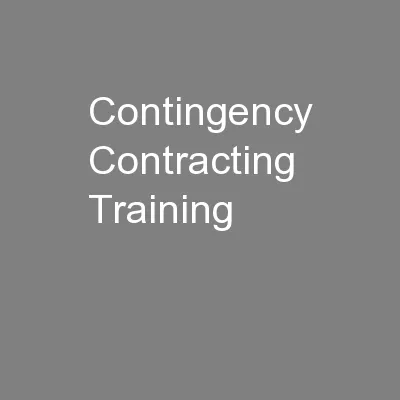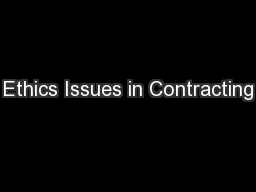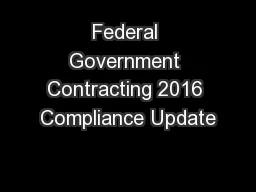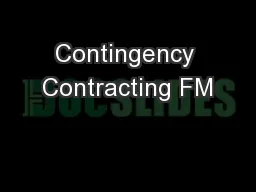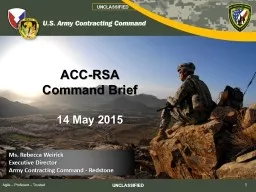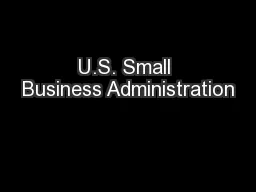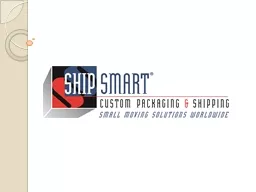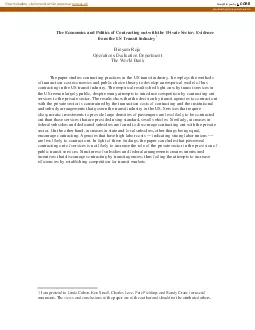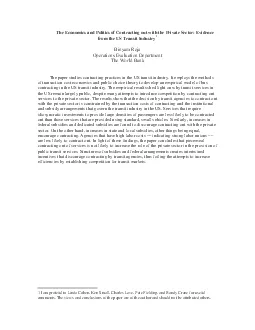PDF-x0000x0000 1 Report on Small Business Federal Contracting Opportunitie
Author : trinity | Published Date : 2021-10-07
Ensuring small businesses can thrive is about more than economic success It146s also about who we are as a people It146s about a nation where anybody who146s got
Presentation Embed Code
Download Presentation
Download Presentation The PPT/PDF document "x0000x0000 1 Report on Small Business Fe..." is the property of its rightful owner. Permission is granted to download and print the materials on this website for personal, non-commercial use only, and to display it on your personal computer provided you do not modify the materials and that you retain all copyright notices contained in the materials. By downloading content from our website, you accept the terms of this agreement.
x0000x0000 1 Report on Small Business Federal Contracting Opportunitie: Transcript
Download Rules Of Document
"x0000x0000 1 Report on Small Business Federal Contracting Opportunitie"The content belongs to its owner. You may download and print it for personal use, without modification, and keep all copyright notices. By downloading, you agree to these terms.
Related Documents

